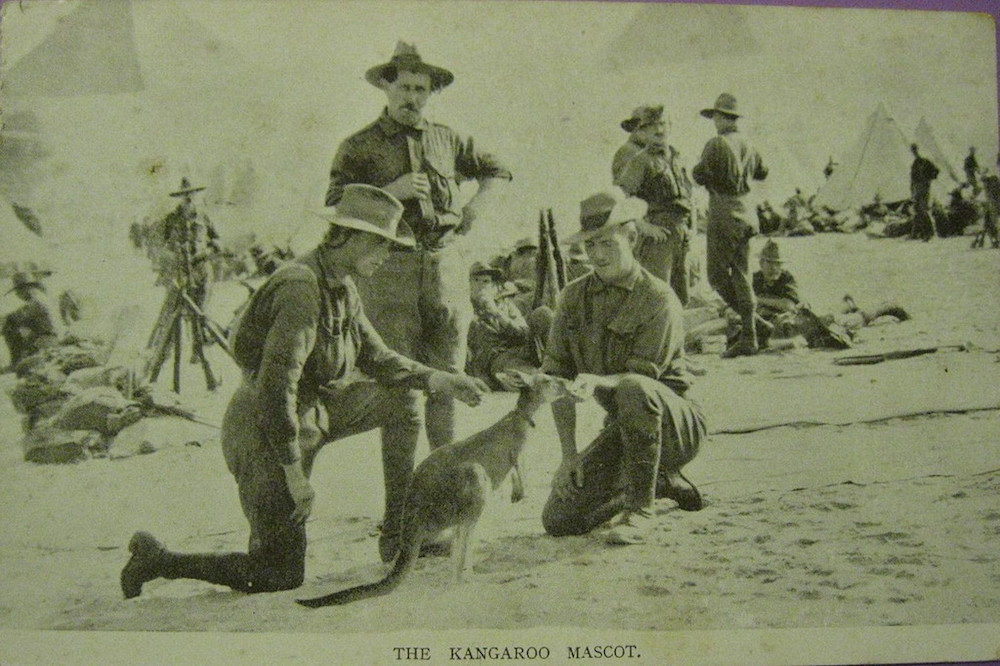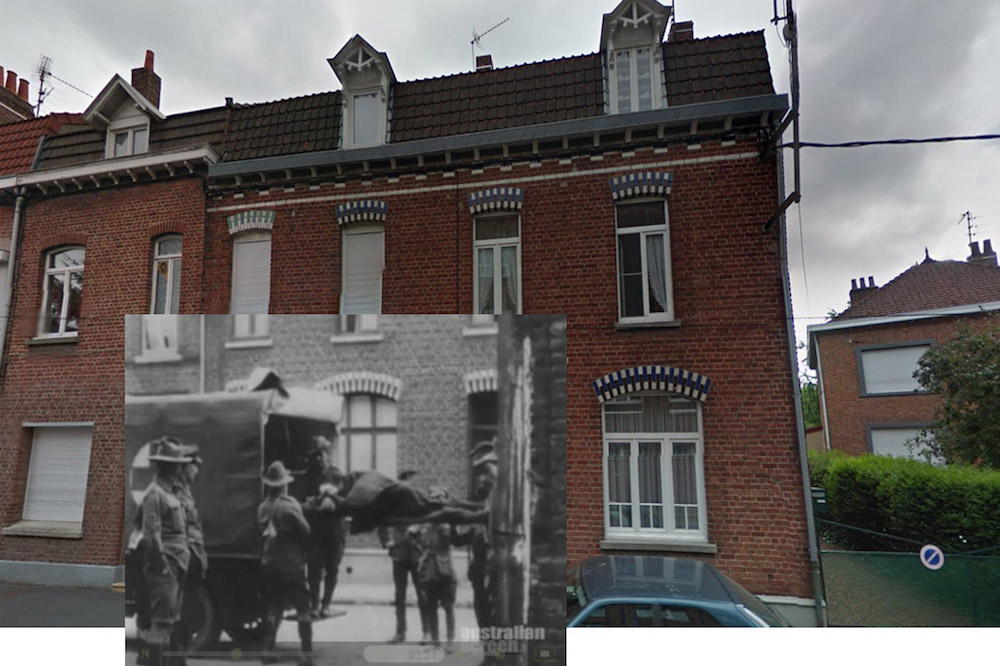WWI Australia: 6 historically significant overseas sites

Anzac Day was originally observed to honour the troops who fought at the battle of Gallipoli, but it has since become a broader commemoration of those who served and died in war and in operational service. If you’re looking to take your interest in Australian history overseas, here are several historic places significant to the Australian story in the First World War.
1. Cairo, Egypt

The Ottoman Empire was one of the Central Powers in the First World War, posing a huge threat to Britain’s interests in the Middle East, as well as the all-important Suez Canal. Many troops from Australia and New Zealand, who went on to become Anzacs, were sent to Egypt in 1914 to train for several months, as well as defend British interests.
Troops in Cairo trained for eight hours a day, six days a week and were the best paid soldiers out of the Allies – knowledge that spread quickly to local merchants. Australian troops in Egypt also got up to a mischief in Cairo, and were reportedly looking forward to leaving the arid landscape for a new adventure.
2. Gallipoli peninsula, Turkey

The Gallipoli Campaign is perhaps the most prolific battle in Australian history. Warring on the Gallipoli peninsula spanned eight months from April 25, 1915 to January 9, 1916. The objective of the campaign was to capture Constantinople, known today as Istanbul – the then capital of the Ottoman Empire. While the battle was won by Turkish forces, the conduct of Australian and New Zealand forces resulted in the powerful Anzac legacy.
For the centenary commemorations in 2015, more than 8,000 Australians travelled to Anzac Cove for the service. In Canberra, 120,000 people convened on the steps of the Australian War Memorial.
3. Villers-Bretonneux, France
![The town hall in Villers-Bretonneux has an Australian flag hanging next to the French flag outside. Photo: By Markus3 (Marc ROUSSEL) [CC BY-SA 3.0 (http://creativecommons.org/licenses/by-sa/3.0)], via Wikimedia Commons](https://i.startsatsixty.com.au/wp-content/uploads/20170425004304/1024px-Villers-Bretonneux_mairie_11.jpg)
The little town of Villers-Bretonneux was captured by Germans in 1918 after a battle between British and German tank forces. On the same night and during the following day, the town was recaptured by Australian forces, despite the German enemy having far greater numbers. School children in Victoria donated money for the school in Villers-Brettoneux to rebuild, and the school is still named L’Ecole Victoria (Victoria School).
There are signs in the school that say “Do not forget Australia”, as well as a memorial at the school stating: “This school building is the gift of the school children of Victoria, Australia, to the children of Villers-Bretonneux, as proof of their love and good-will towards France. Twelve hundred Australian soldiers, the fathers and brothers of these children, gave their lives in the heroic recapture of this town from the invader in 24th April 1918, and are buried near this spot. May the memory of great sacrifices in common cause keep France and Australia together in bonds of friendship and mutual esteem.”
Read more: Re-live the golden age of travel on these rail journeys
4. Ieper (Ypres), Belgium

In the First World War, the town of Ieper was the theatre of war for several battles between the German and Allied armies, resulting in thousands of casualties. There were several battles in Ieper in the First World War, however, the costliest in terms of human suffering was the Third Battle of Ypres, known as the Battle of Passchendaele. Here the British, Canadian, Anzac and French forces recaptured the Passchendaele Ridge, but with a huge cost of life.
After the war, many of the important buildings were painstakingly restored, including the Gothic-style St Martin’s Cathedral and Ypres Cloth Hall, which lay in ruins. The town also marks part of the Australian Remembrance Trail in France and Belgium.
Ypres is part of the West Flanders region. The poem In Flanders Fields is a sombre poem about the casualties in the fields between East and West Flanders. It mentions the blooming of the poppies that have become synonymous with the great loss of life in war. The battle of Passchendaele was one such battle that saw an immense loss of life and left the landscape devastated.
5. Zonnebeke, Belgium
![Tyne Cot Cemetary. Photo: By Stuvio (Own work) [CC BY 4.0 (http://creativecommons.org/licenses/by/4.0)], via Wikimedia Commons](https://i.startsatsixty.com.au/wp-content/uploads/20170425010054/Tyne_Cot.jpg)
Near Ypres is Zonnebeke, Belgium where the Tyne Cot Commonwealth War Graves Cemetery and Memorial to the Missing is located. It’s the largest cemetery for Commonwealth forces in the world with 11,956 burials – 8,369 of which are unnamed.
Two Australian recipients of the Victoria Cross are buried in the cemetery – Captain Clarence Smith Jeffries and Sergeant Lewis McGee. Both Victorian Cross recipients were involved in the Battle of Passchendaele.
Read more: Museums around the world every traveller must see
6. Fromelles, France

The village of Fromelles lies on the northern border of France and was captured by German forces on October 9, 2014. The Battle of Fromelles is significant to Australians as it was the first major battle for the Australian Imperial Force on the Western Front. It was a disaster for the Allies, with the 5th Australian Division suffering 5,533 casualties and the 61st British Division suffering 1,547. German casualties were little more than 1,000.








 Proudly Australian owned and operated
Proudly Australian owned and operated